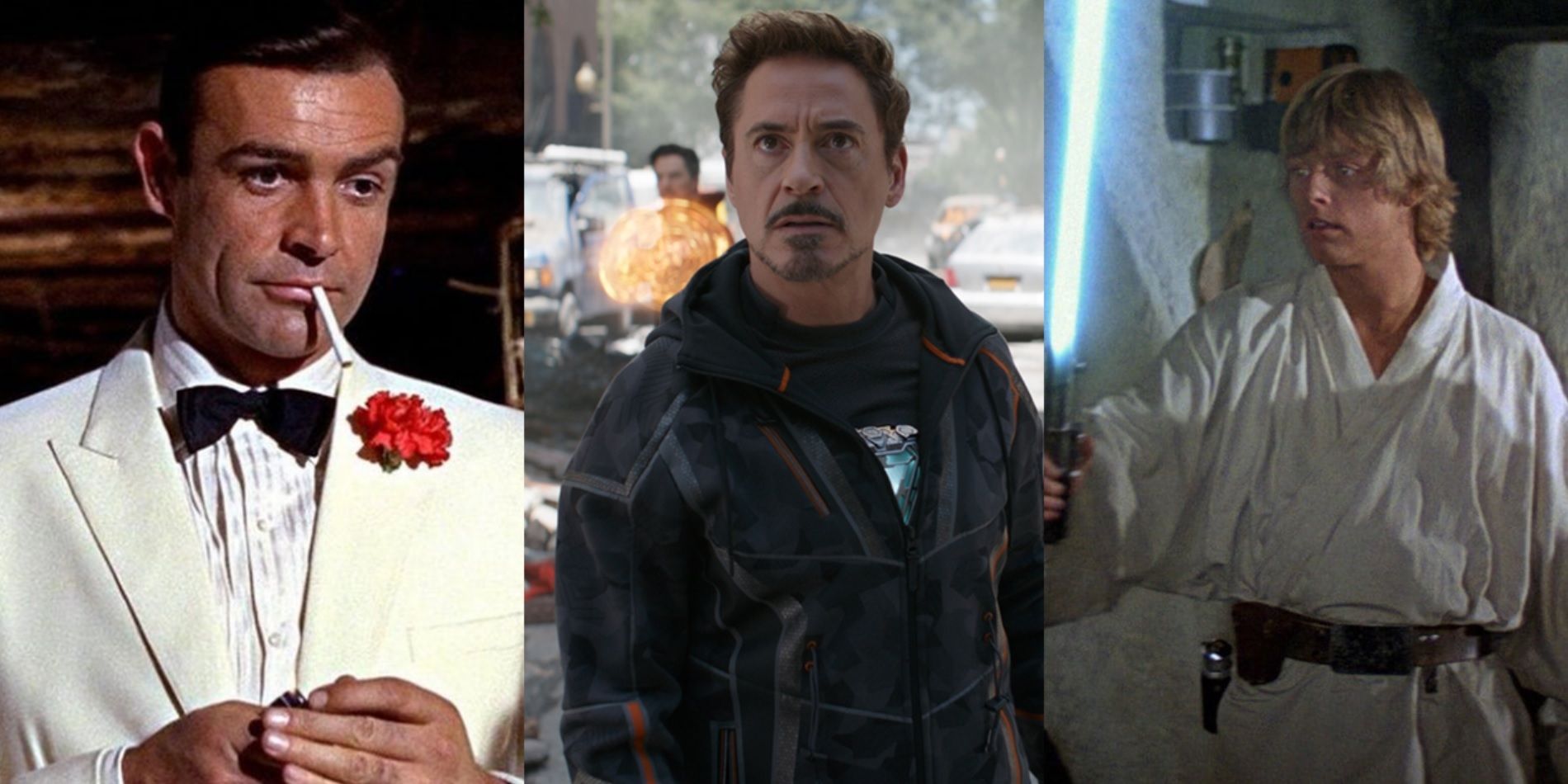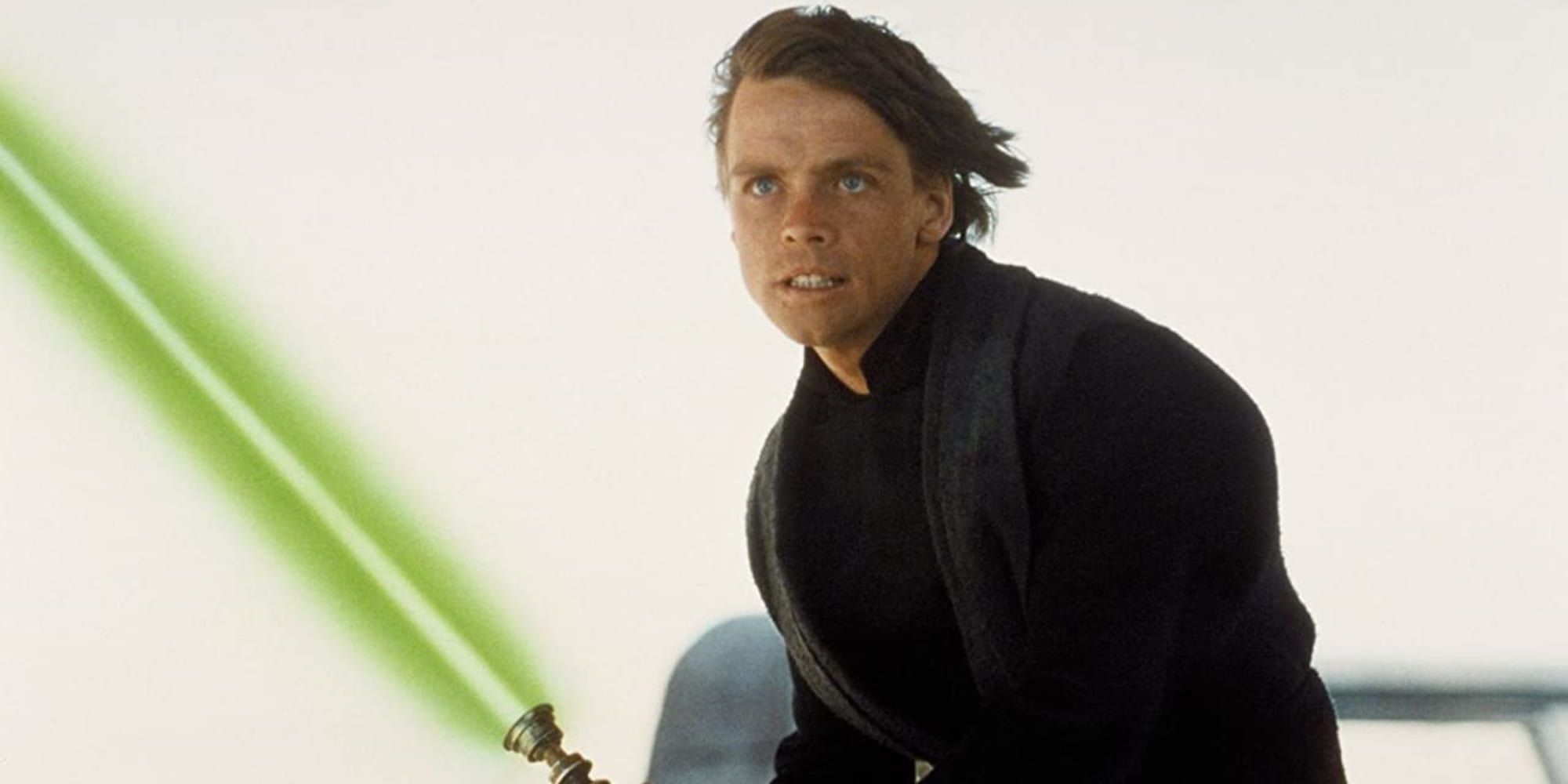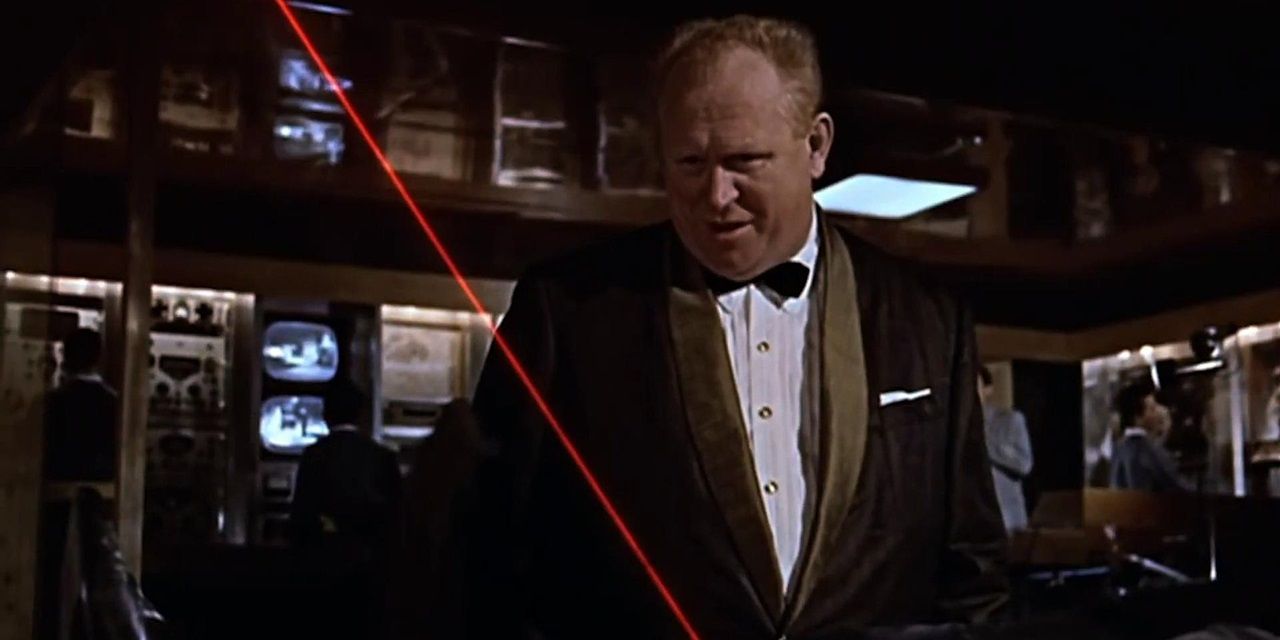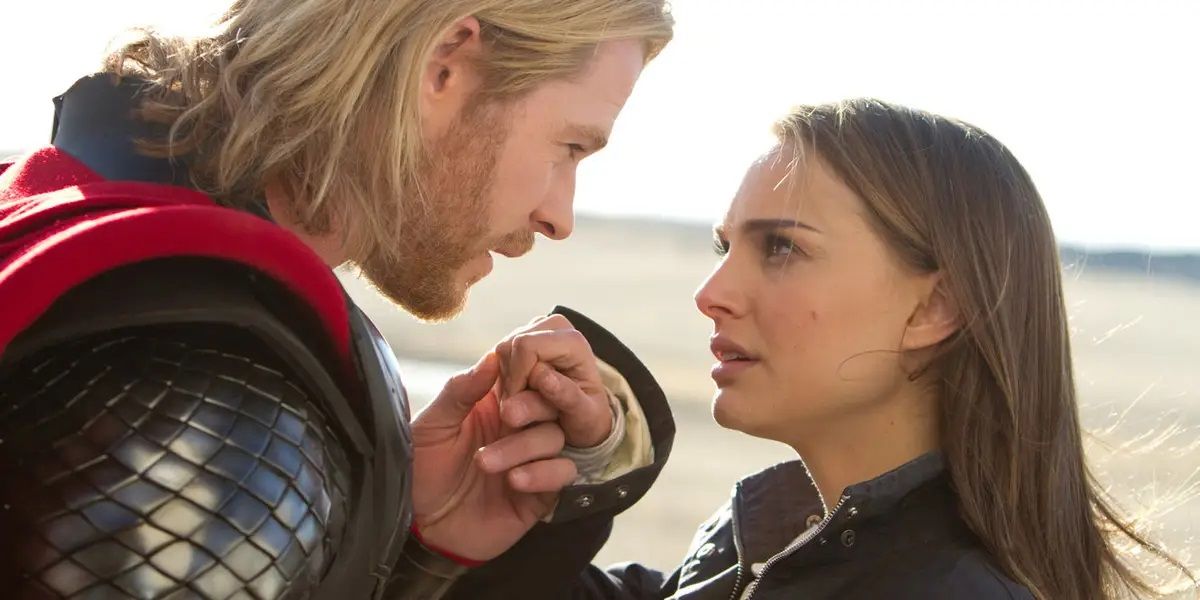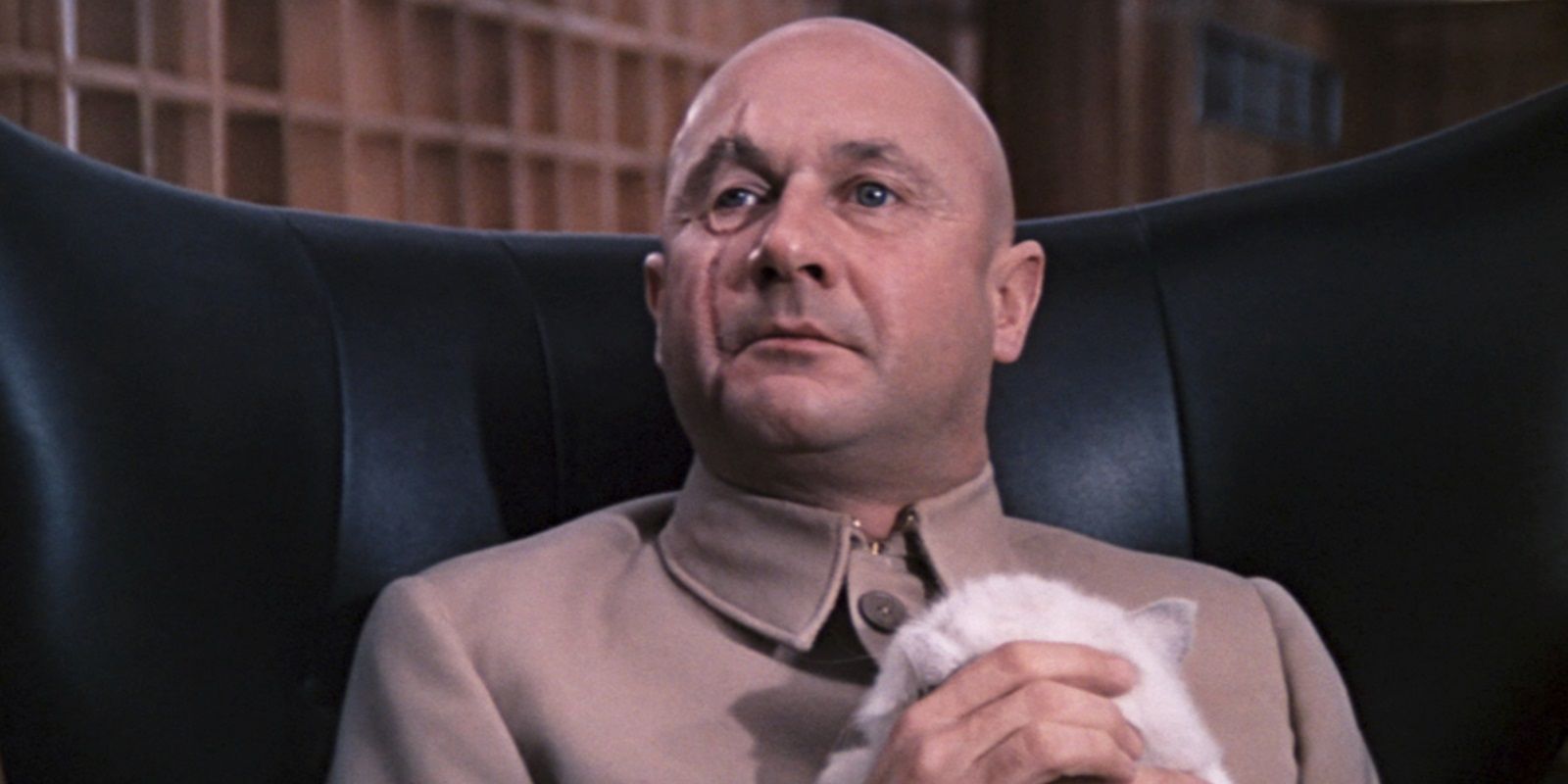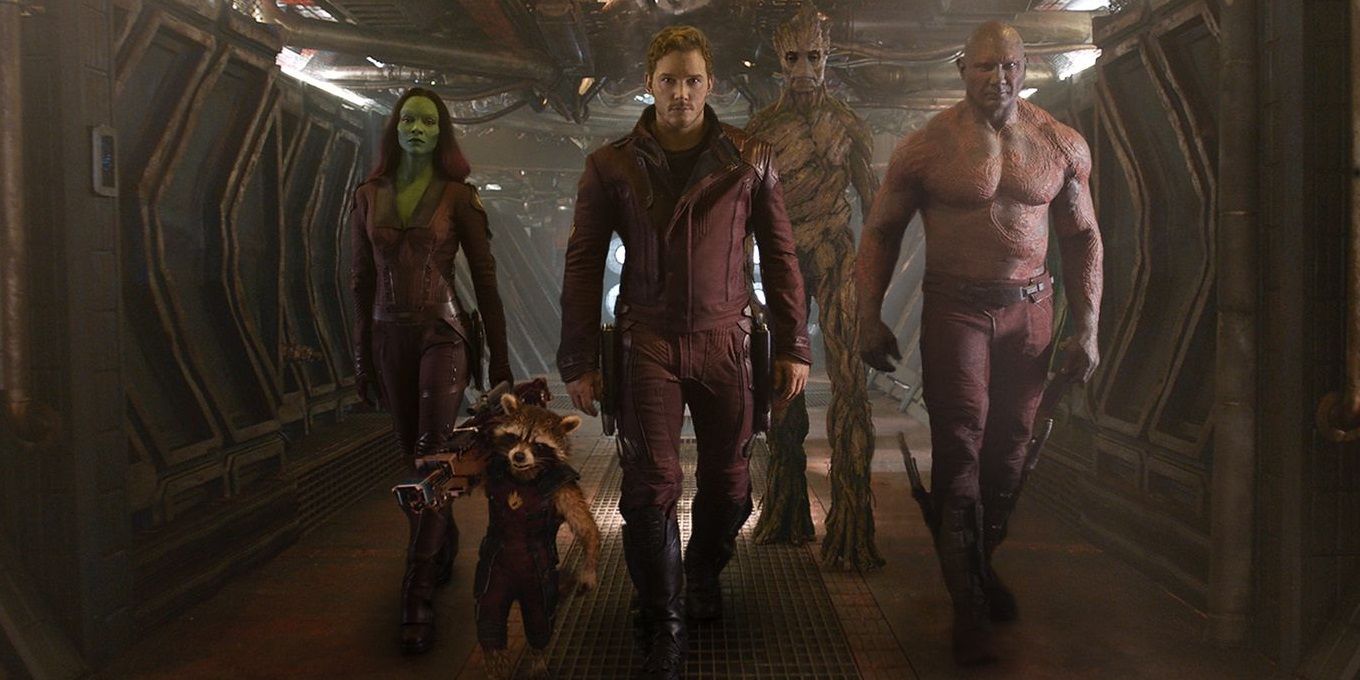Since the release of 2008’s Iron Man, the Marvel Cinematic Universe has taken over Hollywood as a whole new kind of movie franchise. Instead of a straightforward line of direct sequels, Iron Man launched a shared universe populated by all kinds of superheroes and supervillains who are free to cross over into each other’s stories. This is similar to how the Marvel characters have existed on the page for decades, but it had never been done on the big screen before.Of course, the MCU isn’t a wholly original and groundbreaking endeavor. It owes a lot to previous franchises. If it hadn’t been for Richard Donner’s Superman and Tim Burton’s Batman, superhero movies wouldn’t be considered bankable. If it hadn’t been for the triple whammy of Blade, X-Men, and Spider-Man, Marvel wouldn’t be a staple of blockbuster cinema.The MCU’s obsession with hero’s journeys and serialized storytelling draws a lot of comparisons to Star Wars. Much like Luke Skywalker, every Marvel hero doubts their abilities, loses a mentor figure, and proves their mettle in a spectacular final battle. And much like Star Wars’ episode-to-episode narrative structure, the MCU is an ongoing story with no definitive ending in sight.
There Is No Star Wars “Formula”
But despite the obvious similarities with George Lucas’ space opera, the MCU actually has more in common with the James Bond series than the Star Wars saga. There is no “formula” for a Star Wars movie. There’s usually a big battle at the end – and the themes of good versus evil and the balance of light and dark often come into play – but the story could be anything from a Kurosawa homage to a pseudo-Shakespearean tragedy. The Death Star trope has been used a couple of times, but that’s not the same thing as a narrative framework. Marvel’s big-screen output, on the other hand, has a distinctive formula that each movie more or less follows.
The formulaic plotting of the MCU is reminiscent of the Bond franchise. Like the MCU, the Bond movies all follow a well-worn, cut-and-dried, time-tested formula. In every Bond movie, 007 receives a new mission from M, goes on a globetrotting adventure pursuing that mission, meets a love interest along the way, infiltrates the megalomaniacal villain’s secret lair, and has a climactic showdown with them in the big finale.
The MCU formula isn’t as rigidly defined as the Bond formula – the Bond movies are all required to have a “pre-title sequence” that kicks things off with a bang (and, usually, some impressive stunt work) – but the familiar structure is certainly palpable in every Marvel movie.
Marvel’s “Villain Problem” Could Be The Same As Bond’s
The MCU is often accused of having a “villain problem.” Apart from special exceptions like Loki, Nebula, and Thanos, most MCU villains don’t come back for a second movie, so they don’t have a chance to become as fleshed-out or well-rounded as their more heroic peers like Tony Stark and Steve Rogers. A character like Malekith or Aldrich Killian or Ronan the Accuser will be introduced in the first act as the evil mastermind behind a world-ending threat, then in the third act, they’ll be defeated by one or more Avengers.
This is exactly the same way that Bond villains are presented to audiences. In the opening scenes of a given Bond movie, fans will meet a megalomaniac with delusions of grandeur and a unique personality quirk, like Dr. No or Auric Goldfinger or Karl Stromberg or, most recently, Lyutsifer Safin. They have a grandiose plan to reshape the world to suit their narrow-minded vision, and by the end of the movie, Bond has scuppered those plans, destroyed the lair, and killed the bad guy. With the exception of Infinity War, in which Thanos actually succeeds in carrying out his evil plan, Marvel follows this framework pretty closely.
Every movie in the MCU, just like every movie in the Bond series, culminates in a final battle. These aren’t always large-scale set-pieces – The Man with the Golden Gun has a one-on-one gun duel between 007 and rival assassin Scaramanga, while Captain America: Civil War has a brutal fight between Cap, Bucky, and Iron Man – but they’re usually large-scale set-pieces.
Both Franchises’ Love Stories Are Just As Arbitrary
Nobody goes to an action movie like a Marvel superhero epic or a Bond spy thriller to see a love story, but since Hollywood insists on it, both franchises force a perfunctory romantic subplot into each movie. This isn’t the case with every Marvel movie – T’Challa and Nakia are exes in Black Panther and Carol doesn’t have a love interest in Captain Marvel – but the majority of them use this trope. It leads to incredibly talented actors like Natalie Portman and Rachel McAdams being squandered on forgettable, one-note characters.
Marvel’s love interests are objectified less and given more agency than the average “Bond girl,” but the principle is still the same. In the eyes of studio executives, moviegoers won’t be satisfied unless the hero “gets the girl” at the end. It’s not enough for Bond to bring down SPECTRE or for Spider-Man to save New York from a winged arms dealer – they have to fall in love along the way.
Marvel Even Borrowed The Thanos Gambit From Bond
Formulaic plotting isn’t the only thing that the MCU has borrowed from the Bond franchise. The way that the Infinity Saga built up to the reveal of Thanos as the “big bad” can be traced back to Bond. The early Sean Connery movies similarly built up to their own big bad, Ernst Stavro Blofeld.
Blofeld was teased in off-screen appearances before finally taking center stage in You Only Live Twice, the Infinity War of the Bond franchise. Connery’s 007 contended with Blofeld’s underlings from SPECTRE – just like the Avengers battled heralds of the Mad Titan like Loki and Ronan – before taking on the big bad himself.
The Formula Allows Filmmakers To Get Creative
A franchise’s formula doesn’t necessarily limit the creativity of a filmmaker. It might seem like having to follow a set checklist would result in lackluster, by-the-numbers movies. And there are certainly plenty of those: the Bond series has Thunderball, A View to a Kill, and The World is Not Enough, while the MCU has Iron Man 2, Thor: The Dark World, and Doctor Strange.
But the loose narrative frameworks of both the Bond franchise and the MCU are flexible enough for idiosyncratic filmmakers to come up with their own unique take that both delivers the goods and subverts expectations. Bond has seen this with the films of Martin Campbell, Sam Mendes, and Cary Joji Fukunaga, while Marvel has James Gunn, Taika Waititi, and Ryan Coogler.

